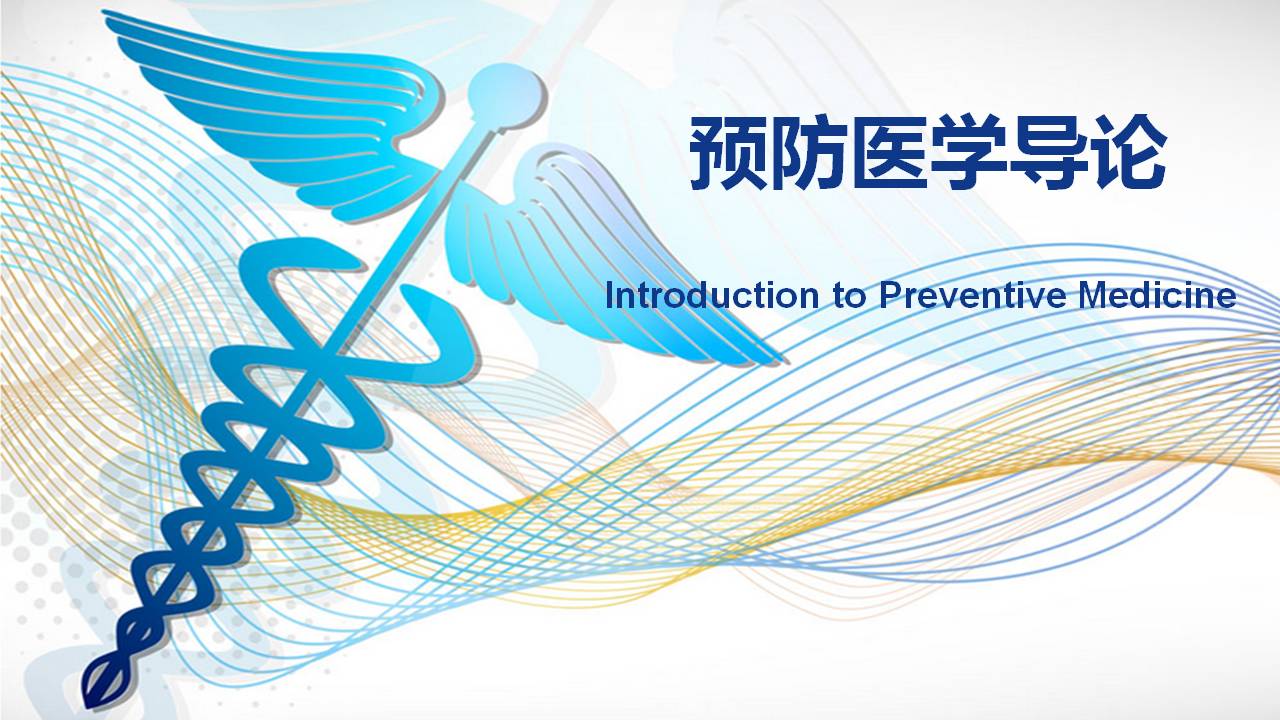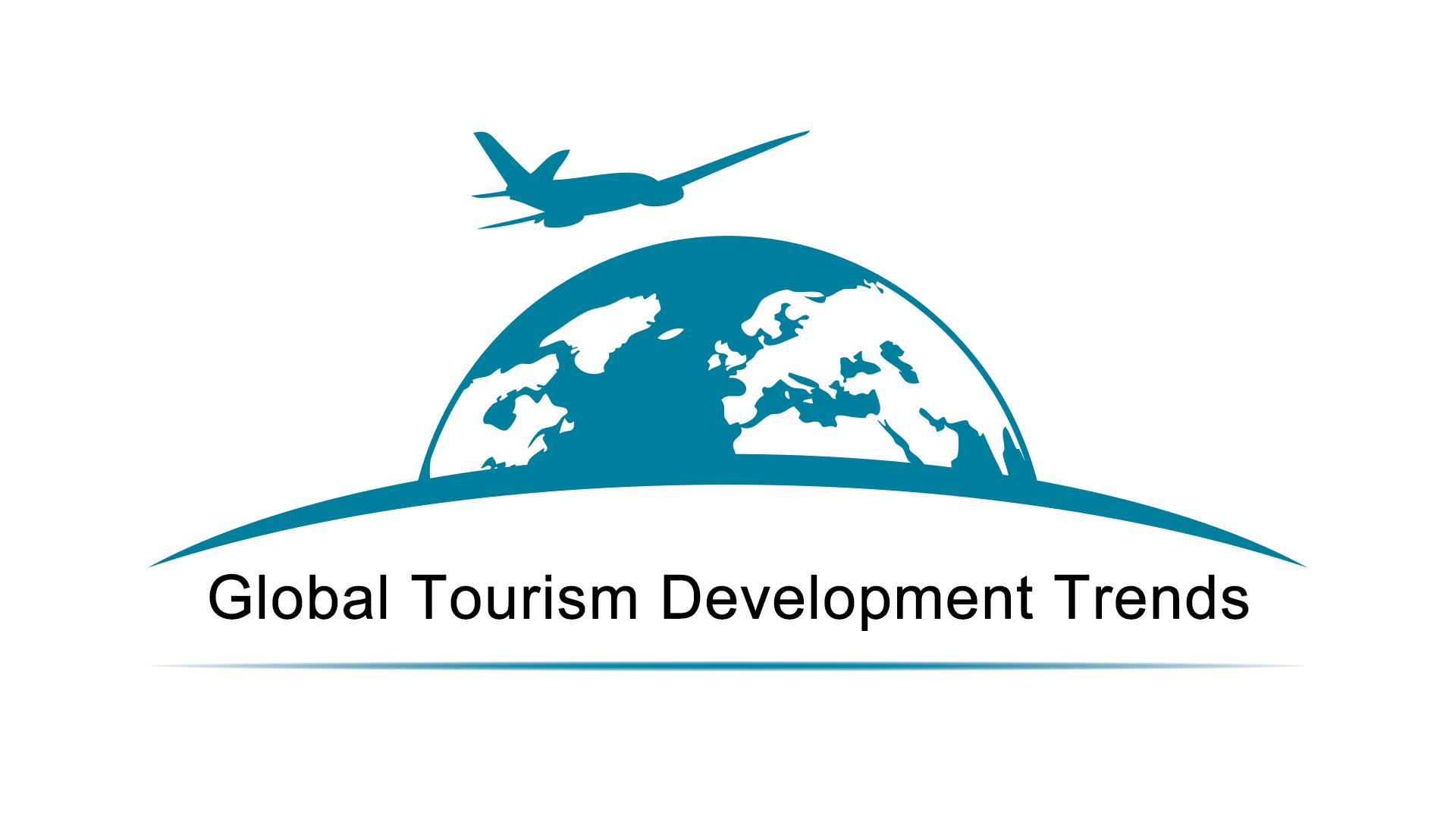
当前课程知识点:Tourism Policy and Planning > Week 5 Special Issues and Case Study > 5.2 From Capacity to Overtourism > 5.2.7 Visitor Management Models (2)
返回《Tourism Policy and Planning》慕课在线视频课程列表
In this section, Professor Geoffrey Wall will tell us the factors that will affect the visitor management model.
Have you ever experienced some cultural differences in tourism?
Would you like to share your thoughts on this in the comments section below?
返回《Tourism Policy and Planning》慕课在线视频列表
我们已经从文化的角度
讨论了旅游业及其管理的影响。
我的意思是我试图提供广泛相关的概念。
我们必须认识到,
不同文化背景的人在寻求不同的体验,
并以不同的方式诠释这些体验。
因此,有必要对文化及其在旅游体验中的作用
以及对其影响的解读进行评论。
首先,不同文化的人对拥挤有不同的容忍度。
我住在世界上最大的国家之一,
加拿大。
加拿大只有3500万人口,
比中国最大的城市之一多不了多少。
因此,
加拿大人对拥挤的容忍度不高。
他们希望娱乐场所不拥挤。
他们希望自己有很大的空间。
相比之下,
在中国这样的国家,
人们对拥挤的容忍度很高。
在中国东部,
你很少是孤身一个人,
身旁总是有人。
因此,容量的概念限制了可接受的变化,
等等,
可能需要进行修改。
因为由于使用它们的文化背景不同,
会有相当不同的解释。
例如,
旅游团的成员来自不同的地方。
在中国,
仍然有很多人选择大规模组团旅行
与家人一起旅行,
并且通常是大家庭成员一起。
因此,他们与独自旅行或与朋友一起旅行的人
有不同的体验。
这些都会随着时间的推移而改变。
我认为,
团体旅游经验将趋近于西方的经验。
随着时间推移,
中国人成为经验丰富的旅行者。
但现在团队旅游在亚洲更为重要,
这将影响到旅游所发生作用的性质。
人们对环境关系的理解也存在差异。
在西方世界,
人们常常认为自己与自然是分离的。
人类和自然分别属于不同的领域。
在亚洲,
人们通常被视为大自然的一部分,
例如,我们可以通过处理山脉等方式看到这一点的影响。
在亚洲,
特别是在中国,
我们经常发现寺庙建在山顶上,
我们经常看到山有着重大的文化和自然意义。
在西方,
尤其是在北美,
之后欧洲
那里只有修道院在山顶上。
在北美,
你几乎很少能在山顶上找到一座建筑物。
它们是为自然而管理的。
这些是人与环境关系之间存在差异的例子。
这些差异反映在景观和游客期望的与环境的关系中。
本真性的概念在旅游文献中被广泛讨论。
在这里我们不能深入探讨,
但它反映了人们作为旅游者所寻求的一种体验,
即什么是本真的,
可信的
或真实的经历。
在西方,
人们期望在原来的地方
使用本区域的材料去进行恢复建设,
并期望恢复时使用传统工匠工艺。
在东方,
他们对变化的容忍度要大得多,
他们对变化的容忍度要大得多,
只要这个地方是原本的地方就行。
是否使用原本的材料也不是特别重要。
因此,西方对待本真性体验的态度与东方截然不同。
正如前面提到的,
东方比西方对硬化场地有更大的容忍度。
最后,给大家简单介绍下文化下的解读。
解读,就是告诉游客的故事,
以及怎样被讲述。
不同背景的游客
会对不同的东西感兴趣,
想要不同的故事。
例如,在中国,
如果你参观一个洞穴,
你可能会得到一种文化的解释。
你会被告知洞穴的特征,
相似于
与著名的神或当地的故事
或当地的名人
也许一些特征会被画出来,
也许洞穴里会有音乐,
也许会有关于中国的古典故事,
比如《西游记》。
例如,在加拿大,
这样的故事是不会被讲述的。
你可能会得到一个科学的解释,
它与地质过程、
水位
以及这些年来的变化有关。
这就是洞穴中生长的石笋的钙沉积率。
所以,这是一个科学的解释。
解释无关对错,
而是根据不同的文化和不同的期望有不同的处理方式。
同样,遗址上的故事将取决于
谁是遗产保护的胜利者或失败者。
通常讲战争故事的是胜利者,
而不是失败者,
所以我们讲的故事是有选择性的。
但它们对于让游客获得相关的体验至关重要。
我们讲述的故事
也是一个让我们向游客介绍遗址特别之处
和应该保护的地方的重要机会。
因此,解释是一个影响人们做什么
和呆多久的重要管理工具。
虽然,我花了很多时间
在这些演讲中讨论学术研究,
科学研究、
影响研究,
影响研究,
感知影响研究
及相关管理概念,
但并非所有的研究都会
立即引起管理和政策的变化。
这只是规划和管理决策的一种信息输入形式。
因为管理决策
不仅仅受学者和咨询公司研究的影响,
而且还受当地的优先事项、
政治问题
和财政问题
及其他众多因素的影响。
因此,人们不应该期望研究
能自动地、立即地引起管理改革,
在中国、加拿大和世界其他地区皆是如此。
例如,
我为多伦多的一家动物园做了一项研究。
在研究结果里,
我将我的研究结果与游客们的体验进行了讨论。
有一件事引起了委员会的注意
——周转时间,
即游客要多长时间才能再回动物园。
事实上,游客花的时间比他们希望的要长。
因为许多人认为,
一旦他们到了动物园,
看到了动物园,
就没有必要再回来了。
就没有必要再回来了。
因此,委员会突然开始讨论
他们以前从未考虑过的周转时间。
他们怎么能让游客更频繁地回到动物园,
如通过有更多的小动物
或通过不同的游戏等等。
所以,所有关于动物园旅游管理的建议,
都集中关注在
“周转时间”。
这并不意味着我所有的参考建议都被浪费了。
但你不能期望所有的建议都能轻松快速地实现。
因为这些研究只是一个复杂决策系统的一个输入部分
在此,我完成了这一节课的内容。
在最后一部分,
我会试着总结一些我在课堂上讲过的要点。
-1.1 Tourism Planning and Policy
--1.1.1 Link Between Policy and Plans
--1.1.2 Tourism Policy Is Influenced by Multi-sectoral Links
--1.1.3 Policies Are "Wish Lists."
--1.1.4 Policies Impacting the Tourism Sector
--1.1.5 Who Formulates Policies?
--Discussion: Is Tourism Policy Sustainable in Your Respective Countries/Regions?
-1.2 Planning Principles
--1.2.2 Reasons for a Tourism Plan
--1.2.3 Planning Principles (1)
--1.2.4 Planning Principles (2)
--Article:Tourism Policy and Planning for Developing Countries
-1.3 Strategic Planning at Different Levels
--1.3.1 Planning at Different Levels
--1.3.2 Planning for Tourism in the Future
--Week 1 Quiz
-2.1 Planning in the Context of Tourism Development
--2.1.2 Tourism Planning for Destination Development and Management
-2.2 History of Tourism Planning Globally and Domestically
--2.2.1 Global and Domestic History of Tourism Planning
--2.2.2 Participants in Tourism Planning
--2.2.3 What's the Difference about Tourism Planning between China and the Western Country?
--Discussion: What's the Difference about Tourism Planning between China and the Western Country?
-2.3 Tourism Planning Processes and Practices
--2.3.1 Theory and Practice of Tourism Planning
--2.3.2 Resource Inventory and Demand Analysis
--2.3.3 Structure Planning for Tourism Growth
--2.3.4 Planning for Tourism Products
--2.3.5 Planning for Supply System and Regulation
--Article: Climate Change and Tourism: A Scientometric Analysis Using CiteSpace
-2.4 Changing Trends in Tourism Planning
--2.4.1 Changing Trends in Tourism Planning
--2.4.2 How Should China Develop Domestic Tourism in the Belt and Road Initiative?
--Week 2 Quiz
-3.1 Tourism Destination Area Planning
--3.1.1 The Key Terms of Tourism Destination Area Planning
--3.1.2 Tourism Destination Area Planning Approaches
--3.1.3 Tourism Destination Area Planning Process And Some Key Tools, Some Readings
--3.1.4 Tourism Destination Area Planning Process And Some Key Tools, Some Readings
-3.2 Sustainable Tourism Product Development
--3.2.1 The Key Terms & Framework of Sustainable Tourism Product Development
--3.2.2 Sustainable Destination Product Development Process
-3.3 Developing Tourism Events & Experiences
--3.3.1 Assessing And Evaluating Destination Plans
-3.4 Assessing and Evaluating Destination Plans
--3.4.1 Assessing And Evaluating Destination Plans
-3.5 The Hot Topics of Tourism Planning Technology
--3.5.1 What Should Be Pay Attention to When We Make Tourism Planning in China?
--3.5.2 How to Improve Tourism Experience During Tourism Planning Process
--3.5.3 What Are the Impact And Challenge of AI Technology to Tourism Planning?
--3.5.4 How Should We Developed Community Based Tourism Planning?
--Week 3 Quiz
-4.1 An Introduction to Tourism Impacts
--4.1.1 An Introduction to Tourism Impacts(1)
--4.1.2 An Introduction to Tourism Impacts(2)
--Discussion:Where Are You Coming From and Why Are You Taking This Course?
-4.2 The Economic Impacts of Tourism
--4.2.1The Economic Impacts of Tourism(1)
--4.2.2 The Economic Impacts of Tourism(2)
--Discussion:Could You Describe Both the Positive And Negative Aspects of Economic Impacts In Your Own
-4.3 The Socio-cultural Impacts of Tourism
--4.3.1 The Socio-cultural Impacts of Tourism
--Discussion:Could You Explain TheThree Specific Phenomena About Socio-cultural Impact
-4.4 The Environmental Impacts of Tourism
--4.4.1 The Environmental Impacts of Tourism
--Discussion:How Can Tourism Development Contribute or Make A Damage to The Environment Are Explained?
--Week 4 Quiz
-5.1 Host-guest Interaction and Tourism Development in Two Regions: Yunnan Province and Overseas
--5.1.1 Yunnan Province Tourism Development Master Plan 2011-2020
--5.1.2 IMT-GT Tourism Sector Strategy 2017-2036
-5.2 From Capacity to Overtourism
--5.2.1 The Study of Tourism Impacts
--5.2.2 Tourism Context and Impacts
--5.2.3 Measurement of Impacts
--5.2.4 Management Approaches and Related Concepts (1)
--5.2.5 Management Approaches and Related Concepts (2)
--Discussion: What is carrying capacity?
--5.2.6 Visitor Management Models (1)
--5.2.7 Visitor Management Models (2)
--Article: Behind the Masks: Tourism and Community in Sardinia
-5.3 Tourism Planning and Holistic Tourism: Governance and Innovation for A Destination Country
--5.3.1 Holistic Tourism: A Destination Governance Tool
--5.3.2 How Should Rural Area Benefit from Holistic Tourism?
--Week 5 Quiz
--Final Discussion and Reflection
--Final Quiz

